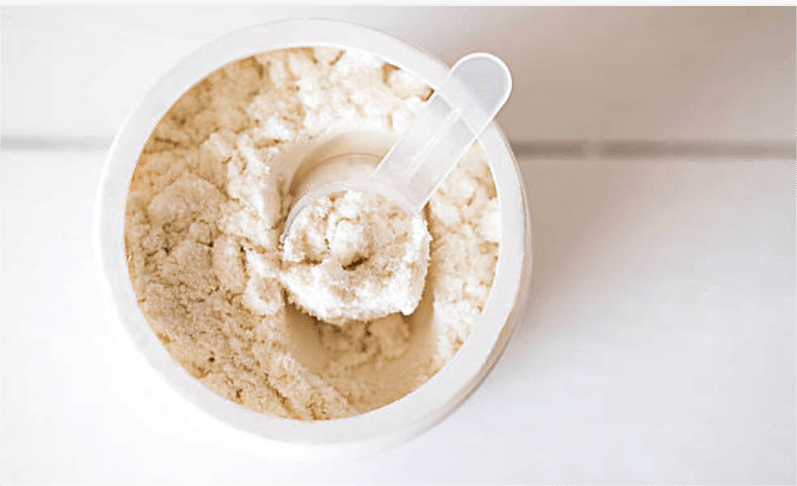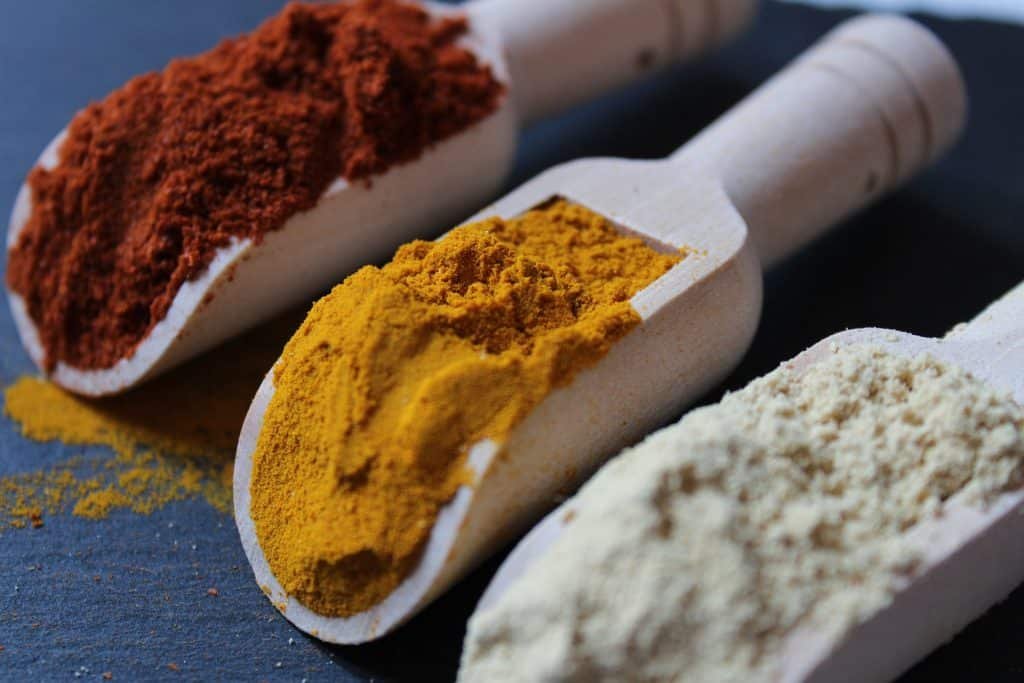Collagen VS Gelatin: Differences, Uses & Buying Guide
1. Introduction
In the world of health supplements and functional foods, collagen and gelatin have gained significant attention for their numerous benefits. While these two substances are closely related, they possess distinct characteristics that make them suitable for different applications. Understanding the differences between collagen and gelatin is crucial for making informed decisions about which product best suits your needs.
This comprehensive guide explores the fundamental differences between collagen and gelatin, examining their sources, health benefits, applications, and practical uses. Whether you’re a health enthusiast, food industry professional, or simply curious about these popular supplements, this article will provide valuable insights to help you navigate the collagen versus gelatin landscape.
2. Basic Understanding
2.1 What is Collagen?
Collagen is the most abundant protein in the human body, accounting for approximately 30% of total protein content. This structural protein serves as the primary building block for various tissues, including skin, bones, tendons, ligaments, blood vessels, and muscles. The word “collagen” derives from the Greek word “kolla,” meaning glue, reflecting its role in holding the body together.
In its natural form, collagen exists as long, fibrous proteins arranged in a triple-helix structure. This unique configuration provides exceptional strength and flexibility to connective tissues. The human body produces collagen naturally, but production decreases with age, leading to visible signs of aging and reduced joint flexibility.
There are at least 28 different types of collagen identified in the human body, with Types I, II, and III being the most common. Type I collagen is found primarily in skin, bones, and tendons; Type II in cartilage; and Type III in blood vessels and organs.
2.2 What is Gelatin?
Gelatin is essentially a processed form of collagen that has been partially broken down through hydrolysis. This process involves treating collagen with heat, water, and sometimes acids or alkalis, which breaks down the triple-helix structure into smaller, more easily digestible proteins. The result is a versatile substance that can form gels, foam, and provide unique textural properties to various products.
The production of gelatin dates back centuries, with traditional methods involving the slow cooking of animal bones and connective tissues. Modern industrial processes have refined these techniques, allowing for consistent quality and purity. Gelatin’s ability to form reversible gels when cooled and melt when heated makes it invaluable in numerous applications.
Common applications of gelatin include food products (jellies, marshmallows, gummy candies), pharmaceutical capsules, photographic films, and cosmetics. Its unique properties make it an essential ingredient in many industries.
Gelatin is essentially a processed form of collagen that has been partially broken down through hydrolysis. This process involves treating collagen with heat, water, and sometimes acids or alkalis, which breaks down the triple-helix structure into smaller, more easily digestible proteins. The result is a versatile substance that can form gels, foam, and provide unique textural properties to various products.
The production of gelatin dates back centuries, with traditional methods involving the slow cooking of animal bones and connective tissues. Modern industrial processes have refined these techniques, allowing for consistent quality and purity. Gelatin’s ability to form reversible gels when cooled and melt when heated makes it invaluable in numerous applications.
Common applications of gelatin include food products (jellies, marshmallows, gummy candies), pharmaceutical capsules, photographic films, and cosmetics. Its unique properties make it an essential ingredient in many industries.
3. Sources and Production
3.1 Sources of Collagen
Collagen is primarily sourced from animal tissues, with the most common sources being:
Bovine (Cattle): Bovine collagen, derived from cow hides, bones, and cartilage, is one of the most widely used sources. It primarily contains Type I and Type III collagen, making it beneficial for skin, bone, and joint health.
Porcine (Pig): Pork-derived collagen is another major source, particularly popular in regions where bovine products are restricted. Pig skin and bones provide high-quality collagen similar in composition to bovine sources.
Marine Sources: Fish collagen, extracted from fish skin, scales, and bones, has gained popularity due to its smaller molecular size and potentially better absorption. Marine collagen is primarily Type I collagen and is often considered more sustainable than land-animal sources.
Poultry: Chicken collagen, particularly from cartilage, is rich in Type II collagen, making it especially beneficial for joint health. Chicken feet, neck, and sternum are common sources.
The extraction process typically involves cleaning the raw materials, pre-treatment with acids or alkalis to remove non-collagenous proteins, extraction using controlled temperature and pH conditions, and purification through filtration and concentration methods.
3.2 Gelatin Production
Gelatin production involves several crucial steps that transform collagen into its more versatile form:
Raw Material Selection: High-quality bones, skins, and connective tissues are selected based on the intended application. The source material significantly influences the final product’s properties.
Pre-treatment: Raw materials undergo cleaning and preparation, including degreasing and demineralization of bones. Skins may be treated with lime or acid to prepare them for extraction.
Extraction Process: The prepared materials are subjected to controlled heating in water, typically at temperatures between 50-90°C (122-194°F). This process can take several hours to days, depending on the desired properties.
Purification and Concentration: The extracted gelatin solution is filtered to remove impurities, concentrated through evaporation, and sometimes deionized to remove minerals.
Drying and Grinding: The concentrated gelatin is dried using various methods (spray drying, drum drying, or belt drying) and ground into the desired particle size.
Quality control throughout the process ensures consistent gel strength, clarity, and purity of the final product.
4. Nutritional Value and Health Benefits
4.1 Health Benefits of Collagen
Collagen supplementation has been associated with numerous health benefits:
Skin Health: Clinical studies have shown that collagen peptides can improve skin elasticity, hydration, and reduce wrinkle depth. Regular supplementation may stimulate the body’s own collagen production, leading to improved skin appearance.
Joint Protection: Collagen helps maintain cartilage integrity, potentially reducing joint pain and improving mobility in individuals with osteoarthritis. Athletes often use collagen supplements to support joint health and recovery.
Bone Strength: As a major component of bone matrix, collagen supplementation may help maintain bone density and reduce the risk of fractures, particularly in postmenopausal women.
Other Benefits: Emerging research suggests collagen may support muscle mass maintenance, cardiovascular health, gut health, and nail and hair strength.
4.2 Health Benefits of Gelatin
While chemically similar to collagen, gelatin offers its own unique benefits:
Digestive Health: Gelatin can help heal and seal the gut lining, potentially beneficial for individuals with leaky gut syndrome or inflammatory bowel conditions. It may also improve gastric acid secretion and nutrient absorption.
Joint Support: Like collagen, gelatin provides amino acids necessary for cartilage repair and maintenance. Some studies suggest gelatin supplementation can reduce joint pain in athletes and arthritis sufferers.
Skin Improvement: The amino acids in gelatin support skin health, though the effects may be less pronounced than with hydrolyzed collagen due to differences in absorption.
Sleep and Cognitive Function: Gelatin is rich in glycine, an amino acid that may improve sleep quality and cognitive performance. Glycine has calming properties and may help regulate body temperature during sleep.
5. Application Areas Comparison
5.1 Food Industry
Collagen Applications: Hydrolyzed collagen is increasingly used in functional foods and beverages, protein bars, and supplements. Its neutral taste and easy solubility make it ideal for fortifying various products without affecting flavor or texture.
Gelatin Applications: Gelatin remains the gold standard for creating specific textures in confectionery (gummy bears, marshmallows), dairy products (yogurt, ice cream), and meat products. Its gelling, foaming, and emulsifying properties are unmatched in many applications.
5.2 Pharmaceutical Industry
Both collagen and gelatin play crucial roles in pharmaceutical applications:
Drug Delivery: Gelatin capsules remain the most common form of oral drug delivery. Collagen-based systems are being developed for controlled release applications.
Medical Devices: Collagen is used in wound dressings, surgical sutures, and tissue engineering scaffolds. Gelatin-based hemostatic agents help control bleeding during surgery.
Tissue Engineering: Both materials serve as scaffolds for cell growth and tissue regeneration, with ongoing research exploring their potential in regenerative medicine.
5.3 Cosmetics Industry
Skincare Products: Hydrolyzed collagen is a popular ingredient in anti-aging creams and serums. Its smaller molecular size allows for better penetration into the skin.
Beauty Supplements: Both collagen and gelatin are used in beauty-from-within supplements, though collagen peptides are more common due to better solubility and absorption.
5.4 Other Industrial Applications
Beyond food and health, gelatin finds applications in photography (though declining), paintball manufacturing, and paper production. Collagen is used in leather processing and as a clarifying agent in some beverages.
6. Selection Guide
6.1 How to Choose the Right Product
When deciding between collagen and gelatin, consider:
Intended Use: For supplements aimed at quick absorption, hydrolyzed collagen is preferable. For cooking and creating specific textures, gelatin is the better choice.
Quality Standards: Look for products that specify their source, processing methods, and third-party testing results. Grass-fed, pasture-raised sources are often considered higher quality.
Cost Considerations: Gelatin is typically less expensive than hydrolyzed collagen, making it a budget-friendly option for those seeking similar nutritional benefits.
6.2 Usage Recommendations
Dosage Guidelines: Most studies showing benefits use 2.5-15 grams daily for collagen peptides. Gelatin dosages vary based on application but typically range from 1-2 tablespoons for culinary uses.
Optimal Timing: Collagen supplements can be taken any time, though some prefer morning consumption on an empty stomach. Gelatin is often consumed as part of meals or beverages.
Precautions: Both products are generally safe but may cause digestive discomfort in some individuals. Those with allergies should carefully check the source of the product.
7. Summary
Collagen and Gelatin, while derived from the same source, offer distinct properties and benefits. Collagen, particularly in its hydrolyzed form, provides superior bioavailability and is ideal for nutritional supplementation. Gelatin, with its unique functional properties, remains irreplaceable in many food and pharmaceutical applications.
The choice between collagen and gelatin ultimately depends on individual needs, intended applications, and personal preferences. Both offer valuable health benefits and serve important roles in various industries. As research continues and technology advances, we can expect to see new applications and improved products in both categories.
Understanding these differences empowers consumers and professionals to make informed decisions, optimizing the benefits these remarkable proteins can provide for health, nutrition, and industrial applications.
8. Frequently Asked Questions
Can collagen be absorbed directly? Collagen must be broken down into amino acids or small peptides for absorption. Hydrolyzed collagen provides pre-digested forms that are more easily absorbed than whole collagen.
Can gelatin and collagen be used interchangeably? While nutritionally similar, they cannot always be substituted due to different functional properties. Gelatin gels while hydrolyzed collagen does not, making them suitable for different applications.
What alternatives exist for vegetarians? Currently, no true plant-based collagen exists, though supplements containing collagen-building nutrients (vitamin C, amino acids, minerals) are available. Some algae-based products claim to boost collagen production.
How can I assess product quality? Look for third-party testing, clear labeling of source and type, absence of additives, and manufacturer transparency about processing methods. Reputable brands provide certificates of analysis upon request.



